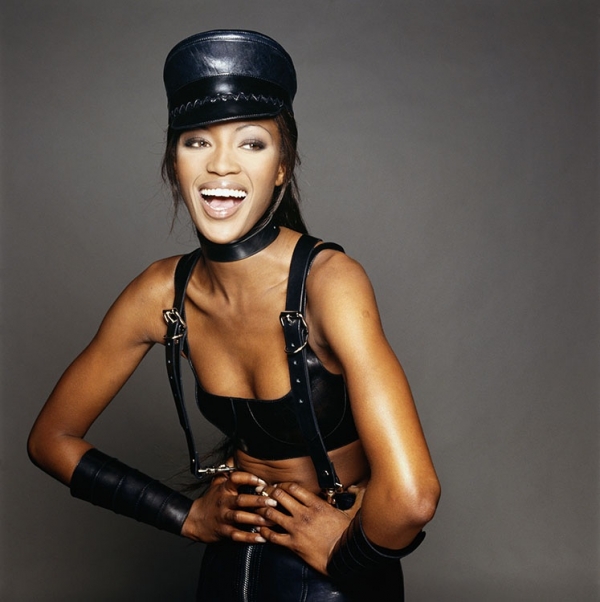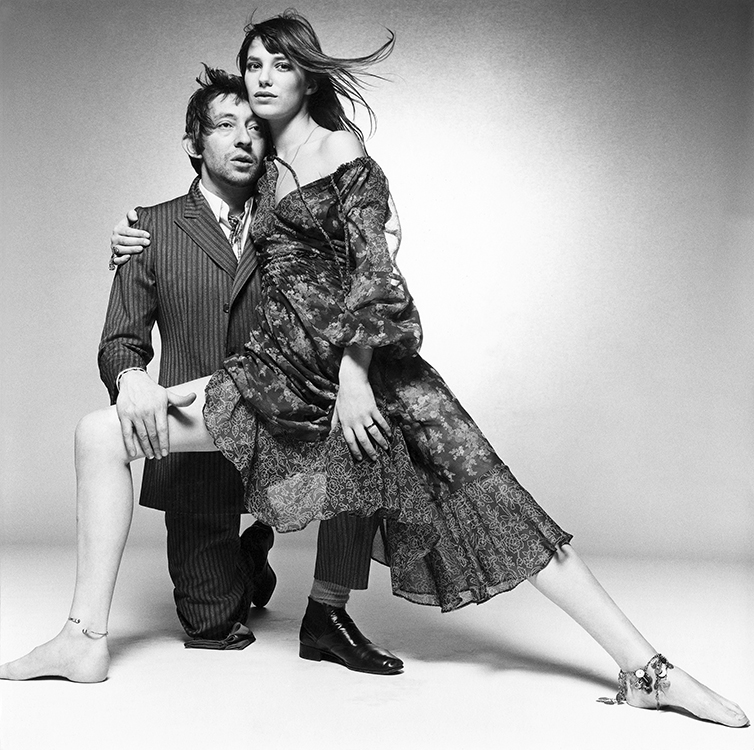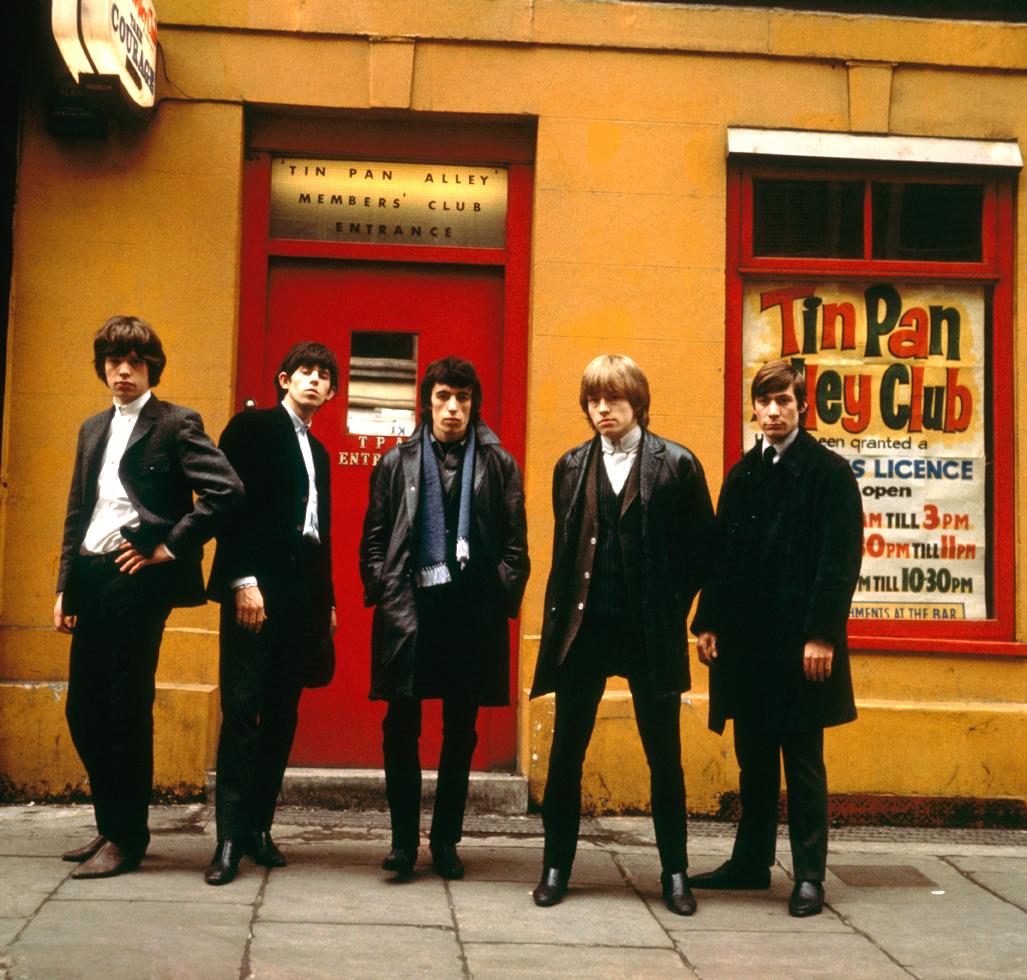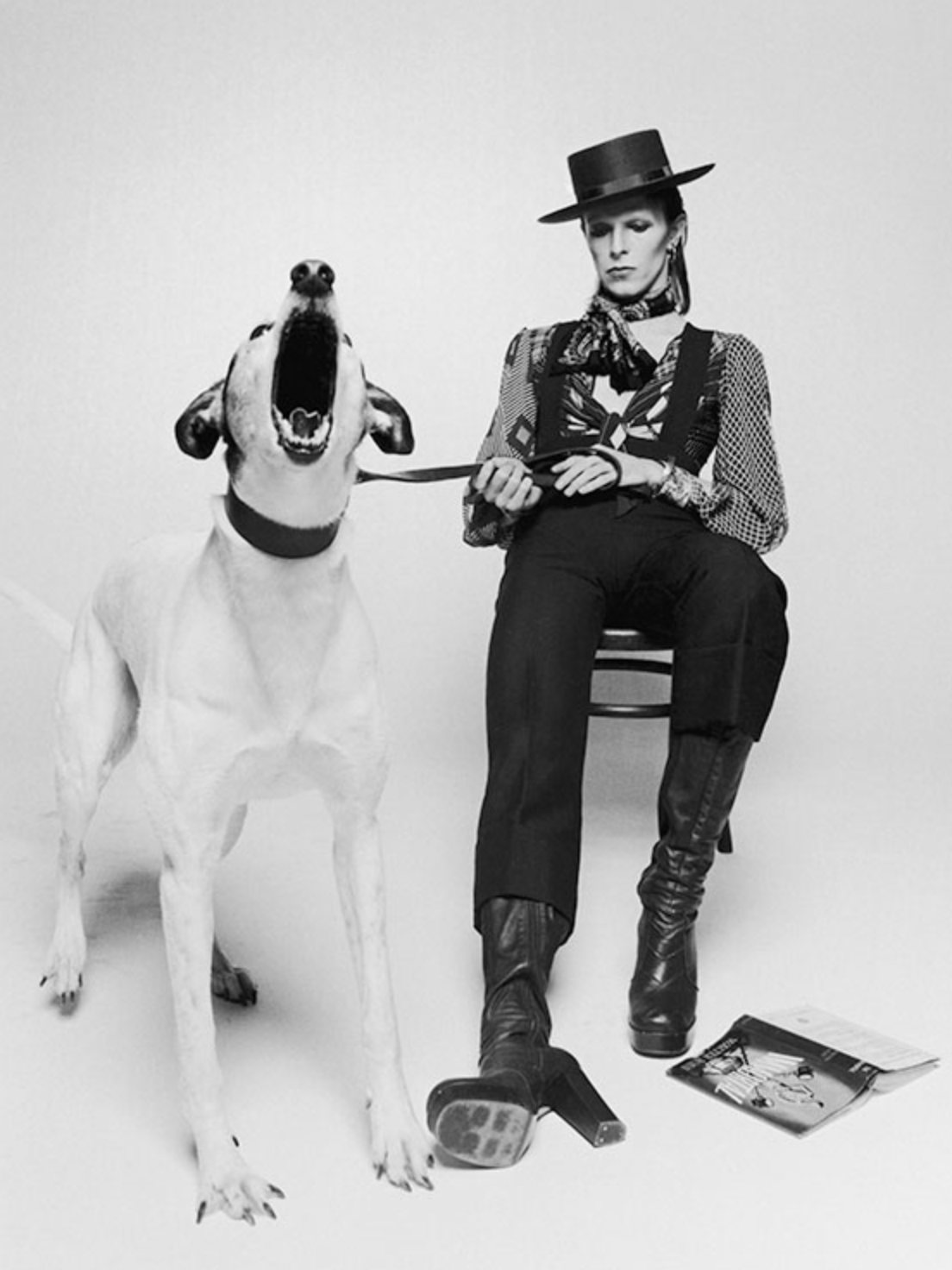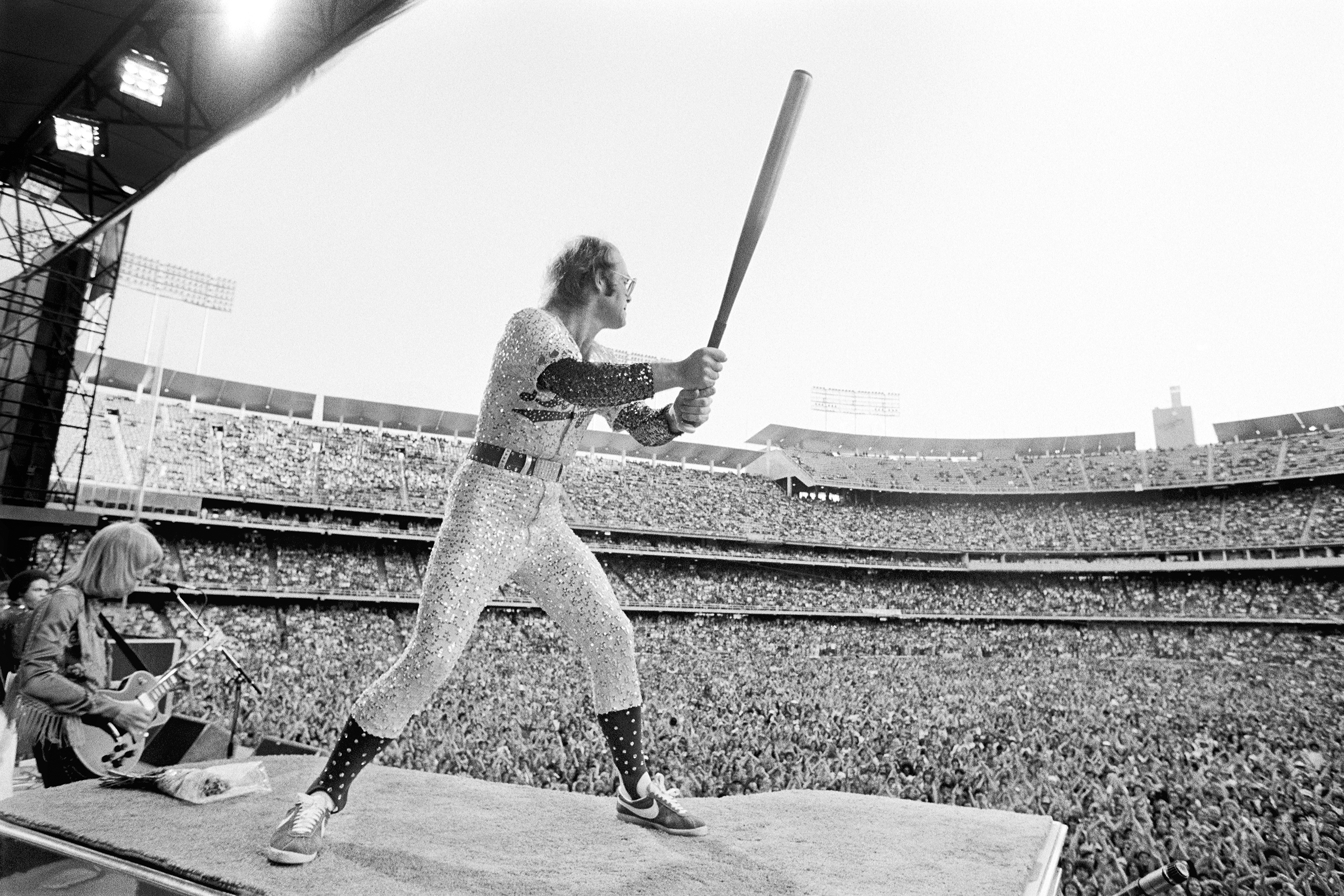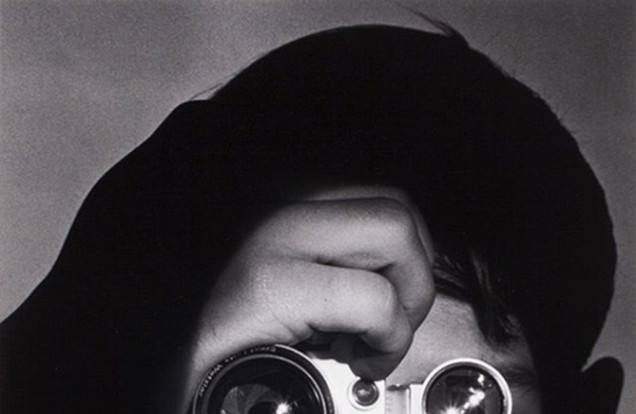The Master Terry O’Neill
His Masterpieces At The Morrison Hotel Gallery
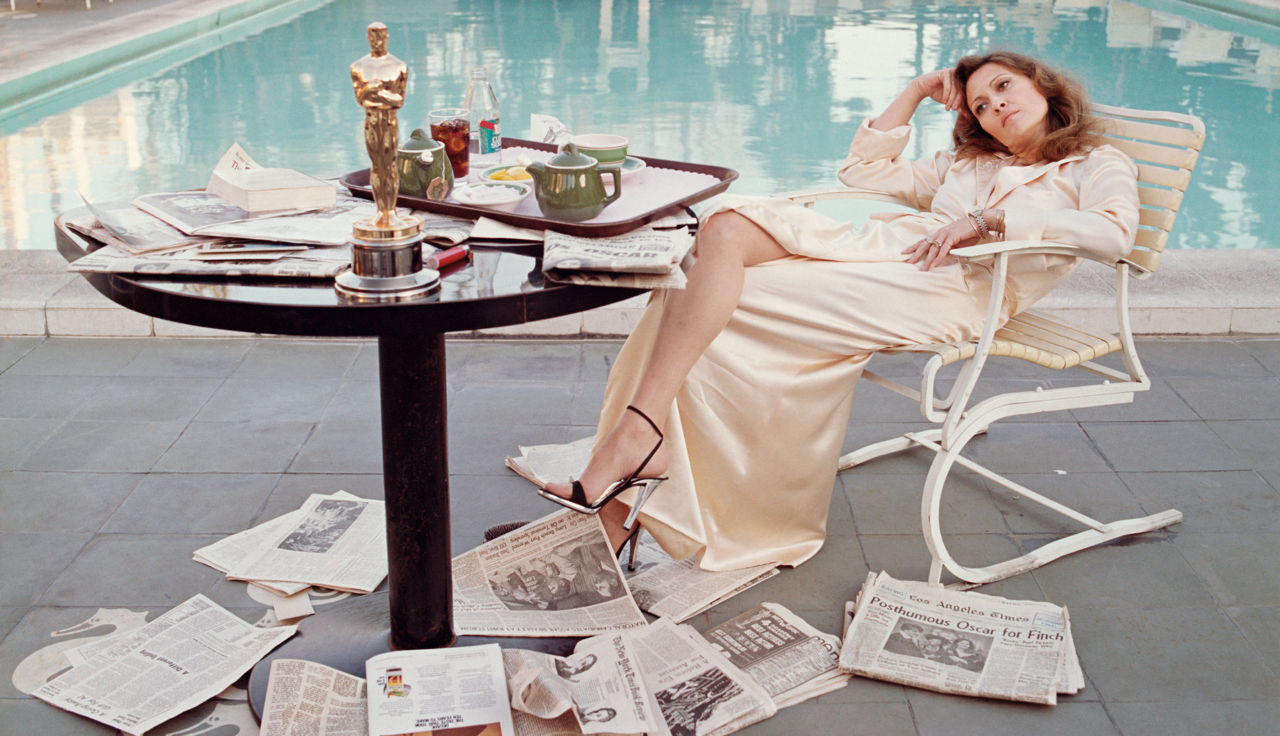

The “swinging sixties” was a time and mindset that existed in post-war UK in the early- to late-’60s, fueled by those devoted to the practice of modernity, hedonism, and all things revolutionary. The epicenter: London. The partakers: the young, artistic, and fashion-centric. The witness who photographed it all: Terry O’Neill.
A master of the greats, including The Rolling Stones, Muhammed Ali, Elton John, and The Beatles, O’Neill photographed in a time when music and pop culture in the UK (as well as throughout the rest of the world) was skyrocketing. The sex appeal laced within each of his images is unabashed and center stage, as his subject pose in intimate settings, as well as occasionally in their less-privare places of work.
Dazzling by all accounts, images of Elton John at Dodger Stadium in 1975 mesmerize and tantalize. Decked out in diamond-encrusted baseball get-up, the artist performs on a carpeted stage floor in front of a crowd of 110,000 strong. The top of the grand piano he plays is also carpeted. In one shot, he sits at the piano, body leaning back with fingers still planted on the piano keys. His mouth is set in a wide, exaggerated ‘O’. In another image, he stands on top of the piano, a baseball bat in hand, body poised to swing. These iconic images exist forever solidified in black and white grandeur.
After his relationship with the actress Faye Dunaway blossomed, O’Neill’s professional career followed suit. One of his most famed images is of a young Dunaway, circa 1977, at the Beverly Hills Hotel. She sits poolside the morning after winning an Oscar for Best Actress in a Leading Role for her movie Network. In the photograph, newspapers are scattered across the table and onto the ground, beneath her delicate black heels. She stares forlornly at the Oscar, sitting on the table beside her breakfast, seemingly untouched.
With artists such as The Rolling Stones, The Beatles, and Frank Sinatra, O’Neill began photographing the subjects when they themselves were still young and green, not yet acquiring the fame they would soon come to find. Yet, O’Neill gained the trust of these stars, and thus, was granted access into the upper echelons of their lives and journeys as they too climbed the ladder of fame. Never lacking an element of desire and aspiration, each of O’Neill’s images practically drips in youthful sensuality. Both the photographs and the photographer have acquired a legendary status, and with any hope, they will rightfully remain within that space for generations to come.
